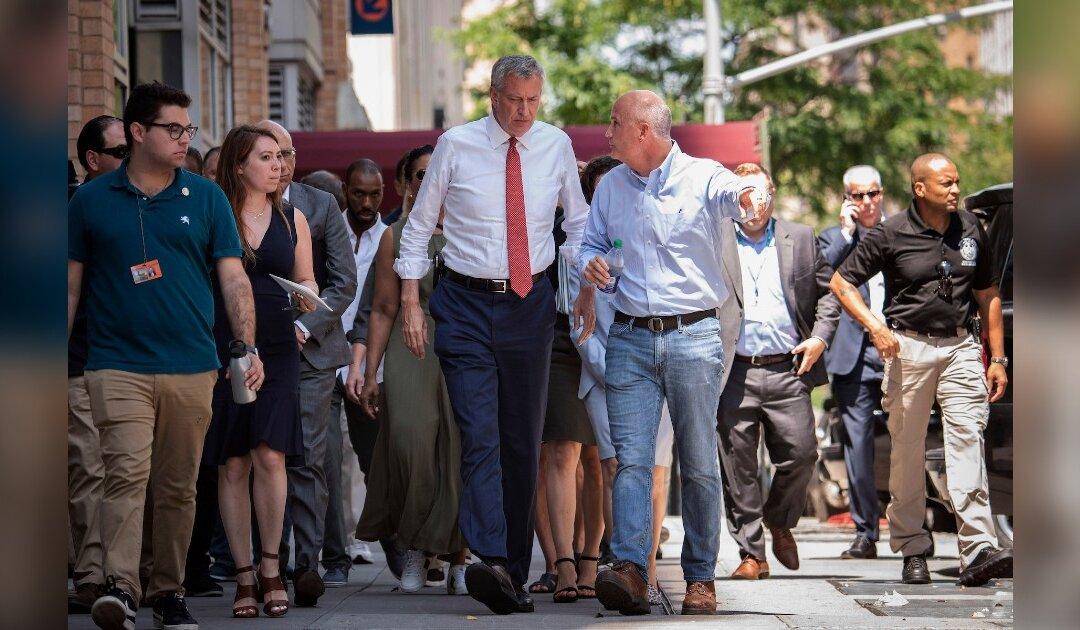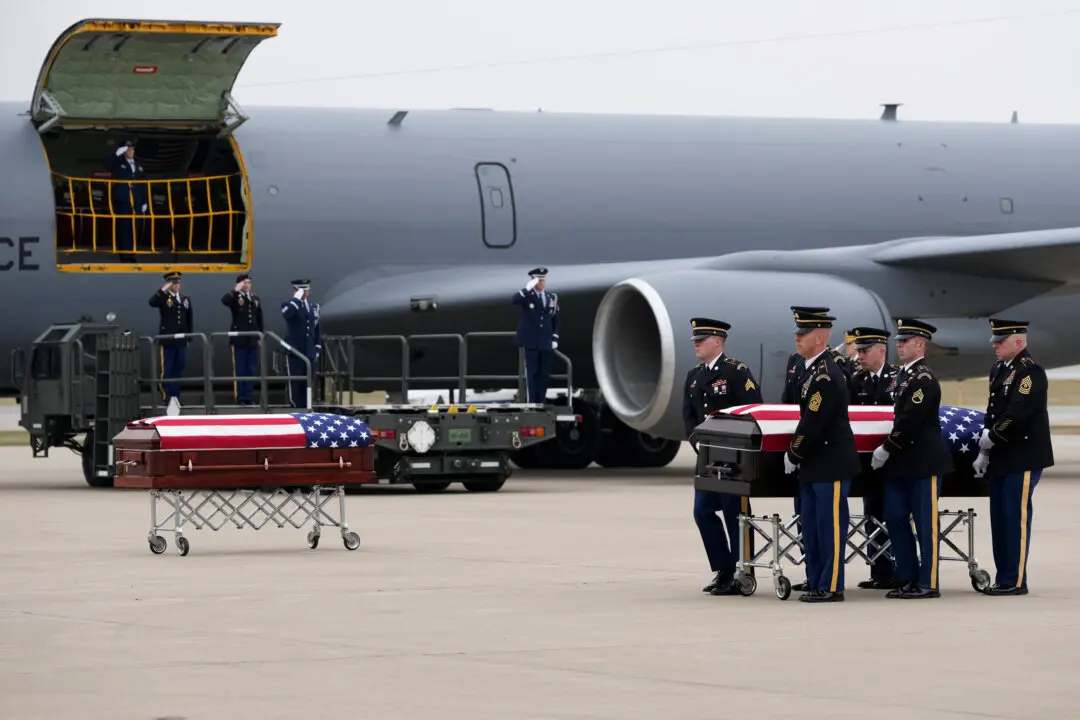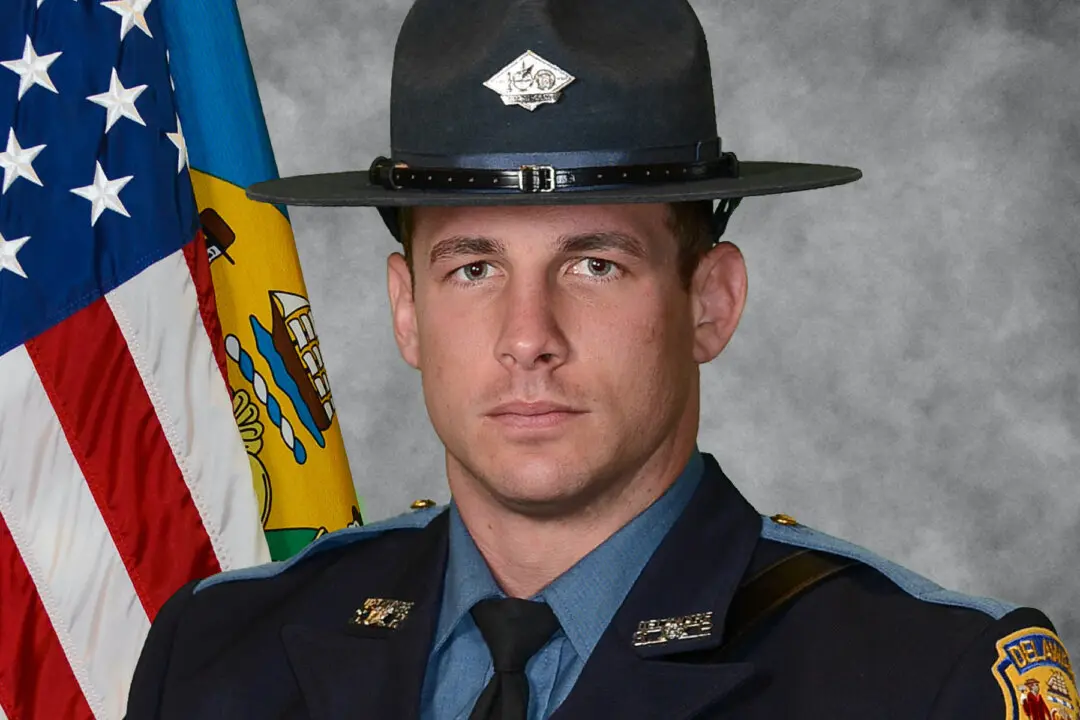NEW YORK—A relay protection system that should have isolated a faulty distribution cable, but didn’t, led to the loss of power that darkened Manhattan for several hours, Con Ed said Monday, July 15, in a preliminary review.
The relay system at a West 65th Street substation should have kept the problem that started in a nearby distribution cable from spreading by detecting the electrical fault and directing circuit breakers to de-energize it, Con Ed said in a statement.





